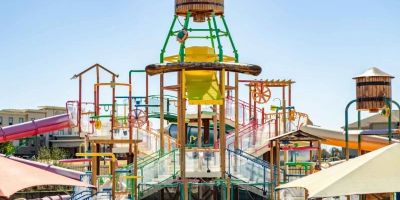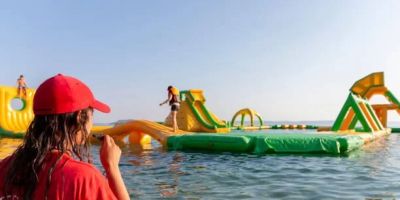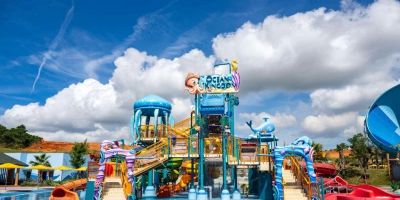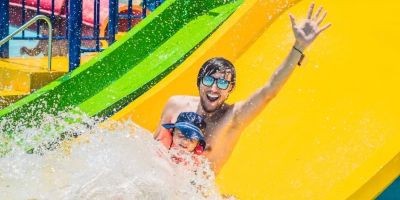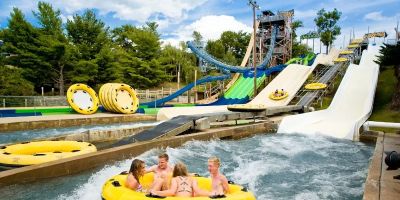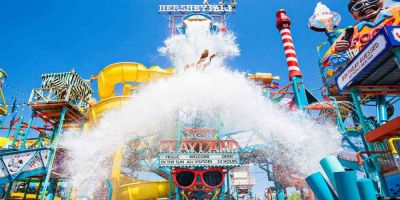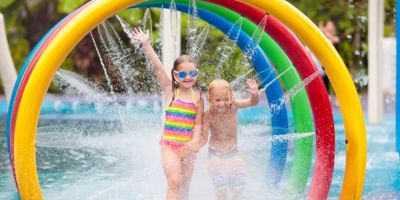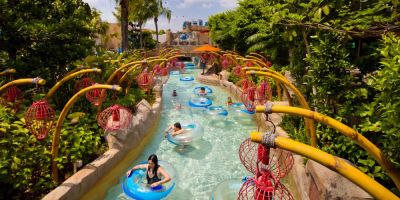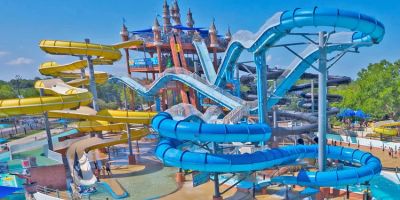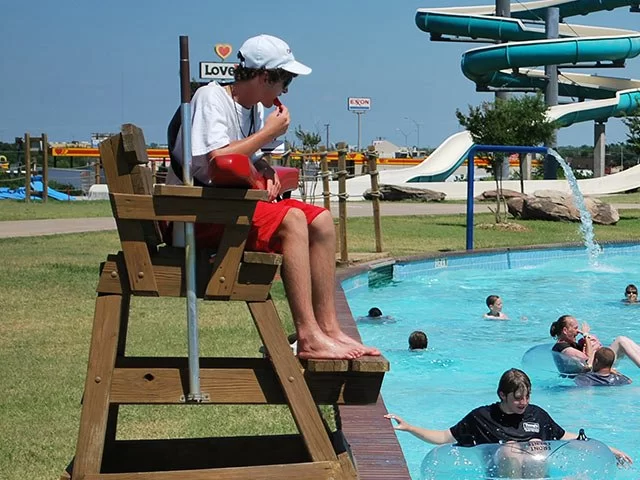
- understanding-lifeguard-supervision-levels-in-water-parks
- why-supervision-matters-for-water-park-safety
- different-types-of-lifeguard-supervision-in-modern-water-parks
- real-incidents-that-highlight-the-importance-of-supervision-levels
- find-safe-water-parks-at-water-park
1. Understanding Lifeguard Supervision Levels in Water Parks
When planning a fun day out, many families and groups often search for water parks with lifeguard supervision levels to ensure safety while enjoying the thrills of slides, wave pools, and lazy rivers. But not all water parks offer the same level of supervision. Knowing what those levels mean can help you choose a destination that balances fun and safety.
Lifeguard supervision isn't just about having someone nearby in a red uniform. It involves a structured system that determines how many guards are present, what zones they cover, how often they rotate, and what training they have. These factors directly impact how quickly a lifeguard can spot and respond to an emergency.
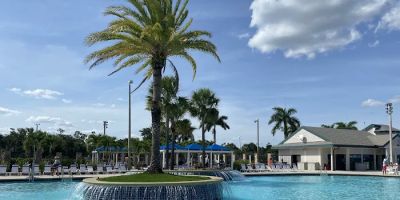
Sun-N-Fun Lagoon
15000 Livingston Rd, Naples, FL 34109, USA
2. Why Supervision Matters for Water Park Safety
2.1. Split-Second Decisions Can Save Lives
Drowning is often silent and fast—sometimes occurring in under 30 seconds. A well-trained, alert lifeguard can spot trouble even when it's not obvious. That’s why coverage and visual scanning techniques are so critical. The more comprehensive the supervision level, the higher the chance of a successful rescue.

Disney's Blizzard Beach Water Park
Bay Lake, FL 32836, USA
2.2. Prevention Starts with Observation
A big part of supervision isn't just reacting to emergencies but preventing them. Lifeguards watch for signs of fatigue, poor swimming technique, or rough play. Higher supervision levels mean more eyes on more zones, which translates into fewer accidents.
2.3. Supervision Offers Reassurance to Families
Parents feel more at ease when they know multiple lifeguards are on duty and actively scanning pools. It allows them to enjoy the experience without being on constant alert themselves. Peace of mind is a form of safety too.
3. Different Types of Lifeguard Supervision in Modern Water Parks
3.1. Zone Supervision vs. Total Coverage
In zone supervision, each lifeguard is assigned a specific area of a pool or attraction. They are responsible solely for that zone, and they’re trained to detect movement patterns, silhouettes, and unusual behavior. Total coverage means lifeguards have overlapping responsibilities and back each other up, often used in higher-capacity parks.
3.2. Rotational Scanning Protocols
Professional water parks adopt 10/20 or 10/30 rules, where a lifeguard must spot a hazard within 10 seconds and respond within 20–30 seconds. Parks with advanced supervision levels train guards rigorously in these methods and schedule rotations to avoid fatigue.
3.3. Surveillance Tech and Real-Time Monitoring
Some of the most advanced water parks incorporate underwater cameras, AI-based detection, and motion sensors. These technologies don’t replace lifeguards but serve as additional “eyes,” enhancing supervision. Parks that advertise multiple layers of monitoring usually have high supervision levels.
4. Real Incidents That Highlight the Importance of Supervision Levels
4.1. The Case of the Undetected Slip
In 2019, a child slipped beneath the surface in a wave pool at a small park with minimal lifeguard staffing. The guard on duty had a wide area to scan and missed the incident until a parent noticed. The event prompted local legislation on required supervision ratios.
4.2. Lifeguard Heroics in a Multi-Zone Park
At a major water park in Florida, a 7-year-old was pulled from the bottom of a splash zone after just 12 seconds underwater. The park’s high supervision standard, with overlapping lifeguard coverage and fast rotation cycles, ensured immediate detection and intervention. The child recovered fully thanks to the swift response.
4.3. Technology as a Backup
A Canadian water park introduced an underwater detection system that alerted staff when a swimmer had been motionless for over 15 seconds. In one case, it saved an unconscious teen who collapsed from a medical condition. While not a replacement for human vigilance, tech can significantly improve supervision outcomes.
5. Find Safe Water Parks at Water Park
If you're looking for water parks with lifeguard supervision levels you can trust, Water Park is the place to begin your search. We provide verified listings of parks that meet high standards of safety, staff training, and guest care. Whether you're planning a family day or a group outing, you deserve to enjoy your experience knowing that certified lifeguards are always on duty and well-prepared.
Our platform also highlights supervision features for each park—so you’ll know whether there’s tech-assisted monitoring, how many guards are on each shift, and what certifications they hold. At Water Park, fun and safety go hand in hand.

